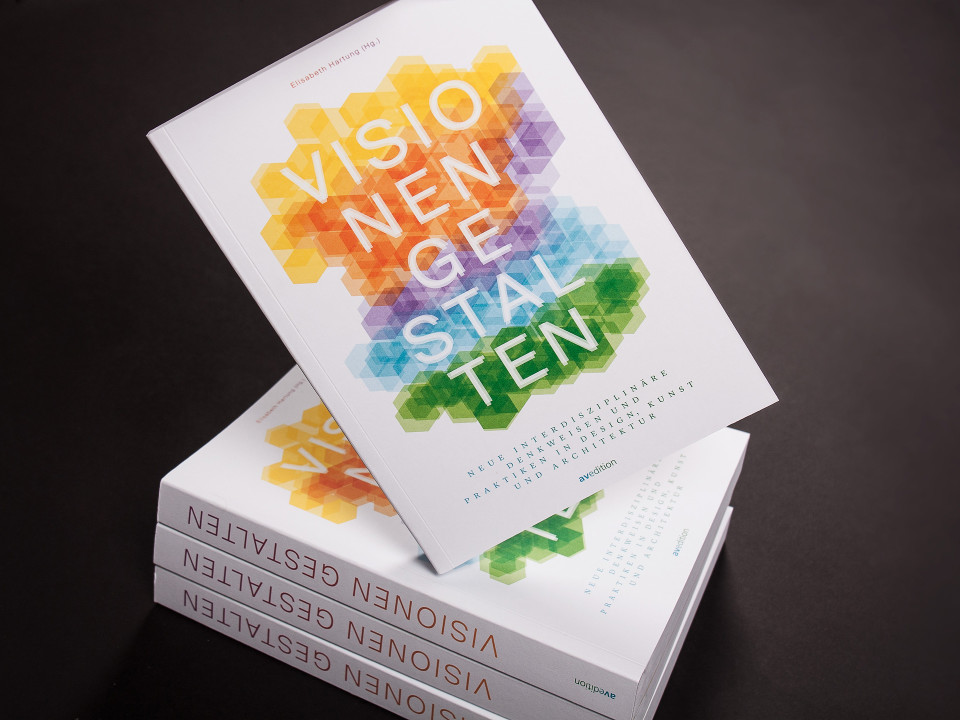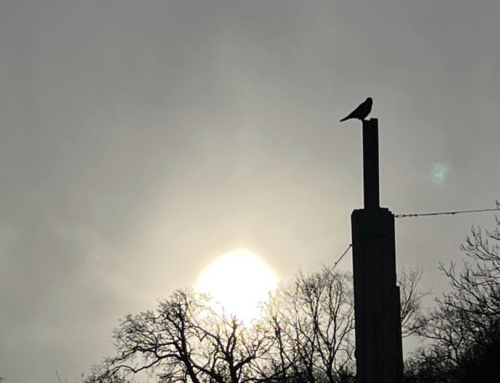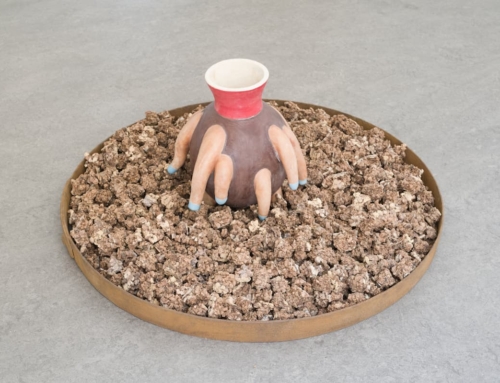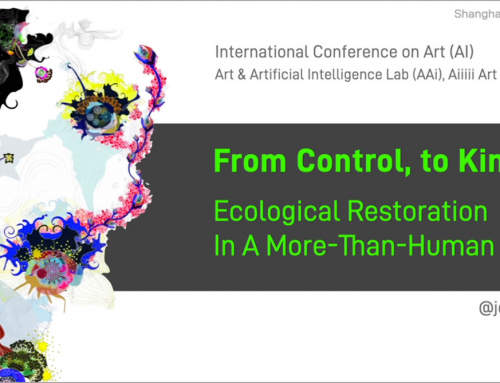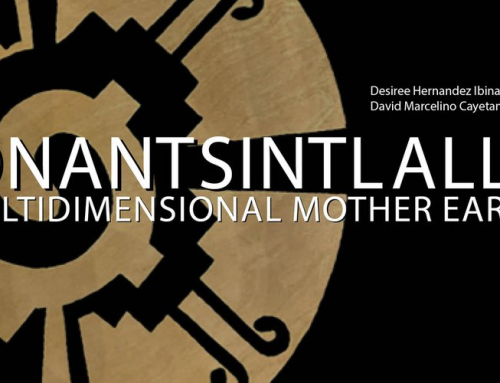I was interviewed about How To Thrive by Sarah Dorkenwald for a new book, Visionen Gestalten, which will be published next week. The original English transcript is below. The German text is HERE.
SD: What is your vision of the next economy about?
JT: My book is for people who fear that there no escape from an economy that devours nature in the name of endless growth. I argue that another world is not just possible – it is already happening: a world in we value all of life, not just human life; a word in which progress is measured by the health of living systems, and the quality of our relationships – not only by transactions and money.
The seeds of this world already exist. I know this to be true because I’ve spent 30 years collecting stories about people who tackle timeless needs in new ways: restoring the land, sharing water, making homes, growing food, designing clothes, journeying, and caring for each other. Some of these activities can sound unfamiliar – for example soil restorers, or river keepers, or social farmers. But the people I meet are not super-heroes. They are regular people doing inspiring work in these strange times.
SD: You talk about civic ecology. What do you mean with that and why is it important?
JT: At the heart of our problems today is a disconnect between the man-made word and the biosphere of which we are a part. We either don’ think about rivers, soils, biodiversity at all- or we treat them like resources in a warehouse whose only purpose is to fuel the economy. This ‘metabolic rift’ leaves us awash in information, but starved of meaning.We have to reverse that damaging gap. That’s why I advocate an approach to design based on reconnection – not just with each other, but with the many living systems upon which life depends.
Civic ecology is reconnection design in practice. For example, when I meet with city planners or managers I like to start with two questions: “Do you know where your next lunch will come from?” and, “Do you know if that place is healthy or not?” These unexpected (to them) questions are a trigger to re-focus on the health of places that keep their city fed and watered. Within this novel framework, new opportunities for innovation emerge – such as river restoration, or urban farming. Civic ecology generates a need for new kinds of enterprise: food co-ops, collective kitchens, community dining, edible gardens, new distribution platforms, different ways to share resources, and collaborate. These are all urban design opportunities.
SD: Could you give us an example of the so called signals of transformation or signals of a new story?
JT: The sheer variety of projects and initiatives out there is, for me, the main story. No single project is the magic acorn that will grow into a mighty oak tree. We need to think more like a forest than a single tree! If you look at healthy forests, they are extremely diverse—and we’re seeing a healthy level of diversity in social innovation all over the world. Every social and ecological context is unique, and the answers we seek will be based on an infinity of local needs.
SD: Many of the grassroot projects which you introduce remind me of hidden knowledge we try to recover in order to life again in harmony with nature. How can we use this hidden knowledge and still being progressive?
JT: From colonial times until now, rich people in the North have assumed without question that our way of life is more advanced than everyone else’s. We have assumed that urbanization and transport intensity are signs of progress; that walking should give way to cars; that tower blocks are better than co-housing clusters; that concrete is superior to local materials; that paid-for insurance is better than mutual aid; and that fast-food restaurants are an improvement on ecological agriculture. In particular, we have tended to view the people and ways of life that are already there as impediments to progress and modernization.
But as life becomes more uncertain and precarious for us, too, the difference between ‘them’ and ‘us’ is now dissolving.
When it comes to living on modest resources, the poor people of the world are further along the learning curve than the rest of us. It would be insulting of me to lecture poor people about their good fortune, but the fact remains that many people I have met in slums and favelas enjoy a decent and tolerably comfortable life on a tiny fraction of the energy and resource base that we are used to in the North. In sustainability terms the bottom of the pyramid is better described as the top. Billions of people with low cash incomes meet daily life needs outside the money economy through traditional networks of reciprocity and gifts. They survive, and often prosper, within indigenous social systems based on kinship, sharing, and myriad ways to share resources. This social purpose is one of the reasons so many millions of small enterprises do not need to grow, by the way.
I like he way Walter Mignolo puts it: ‘Their goal is working to live – not living to work.’
SD: Do you really believe that there will be a tipping point where the economic system won’t be driven anymore mainly by growth? When will it happen? It sounds so implausible from a current point of view!
JT: History is filled with examples of economic systems that seemed permanent – only to disappear quite suddenly. Think of the Soviet Union. The French philosopher Edgar Morin puts it beautifully: ‘All the great transformations have been unthinkable until they actually came to pass; the fact that a belief system is deeply rooted does not mean it cannot change’. In our own time, too, transformational change is unfolding now – but quietly, and away from media and political attention.
Change doesn’t happen when you tell people to change – or not only then! Change happens when the effects of experiments, changes, and disruptions accumuate, and contribute to transformation of the system as a whole.
My impression as a writer – that change is already happening – is consistent with the way scientists explain how complex systems change – including economic and cultural ones. By their account, a variety of changes, interventions, disruptions, and oppositions accumulate across time until the system reaches a tipping point: then, at a moment that cannot be predicted, a small release of energy triggers a much larger release, or phase shift, and the system as a whole transforms.
SD: You write on your website: ‘To do things differently, we need to see things differently’. Aren’t exactly designers and artists great in that? What can be the role of designers in that context? Do they have a role as long they try to develop new human centered innovations instead of all-of-life centered alternatives?
JT: Designers and artists should be excited by the sheer variety of work to be done in accelerating and enhancing the new projects and places I write about. Maps of a bioregion’s ecological assets are needed: its geology and topography; its soils and watersheds; its agriculture and biodiversity. The collaborative monitoring of living systems needs to be designed – the interactions among them, and the carrying capacity of the land, together with feedback channels. Spaces and places that support collaboration need to be identified and, where needed, adapted—from maker spaces to churches, from town halls, to libraries. New collaboration and peer-to-peer platforms are needed to help people to share resources of all kinds—from land, to time and knowledge.
These are all design tasks – at least in part – even if they do not appear on the curriculum of most design schools or in the brochures of design companies.
SD: Where do you see the greatest need for action at the moment for designers and artists as well?
JT: I have to start with a negative: The priority is not messages, or utopian concepts, or plans. We know things need to change!
The priority is to foster better and richer connections between people, places and living systms – to reawaken a joyful sense of being at home in the natural world. This is where art and storytelling come in. They can tweak our interest, redirect our attention, and start conversations in ways that hectoring communications never do. Marcel Proust memorably said “The real act of discovery consists not in finding new lands, but in seeing with new eyes”.
None of these actions mean designers or artists are acting alone. Developing the agenda for a bioregion, for example, involves a wide range of skills and capabilities: The geographer’s knowledge of mapping; the conservation biologist’s expertise in biodiversity and habitats; the ecologist’s literacy in ecosystems; the economist’s ability to measure flows and leakage of money and resources. But in creating objects of shared value—such as an atlas, a website, a plan, a building, a landscape, or a meeting—the design process can be a uniquey powerful way to foster collaboration among diverse disciplines and constituencies.
I’d also say that the service designer can bring something special to the creation of platforms that enables actors to share and collaborate.
And artists have a unique capacity to represent real-world phenomena in ways that change our perceptions.
SD: Which developments in the last years in design, architecture, art, economy, science or politics do you think were particularly visionary?
JT: I’m not a fan of visions in general – and utopian visions in particular. When one searches for a better reality in some other place, the result can to ignore or even obliterate the places that are here, now.
The design we do needs to be concerned more with relationships, than with parts. The greatest difficulties we face are caused by our long-established habit of seeing things in isolation from each other. Life exists only as a continuing present. Design needs to be like that, too – more attentive to the moment than to the vision.
SD: You mentioned in your book that the respectful interdependence of people and living systems is coming back to life. Do we succeed with a World Climate Conference and the attempt to save the world by law?
JT: The outcomes of climate summits make many of my friends angry. At the Paris summit, for example, a reference to “environmentally and socially sound technologies” was stripped out, and aviation and shipping were simply removed from the agenda. Ridiculous.
But for me, climate summits are just one action among many. It depends how you frame the picture.
Around the world, millions of grassroots projects tell a different story to the compromises and evasions you see at summits. Because these micro-actions are scattered and, for the most part, unseen, they don’t register as progress in the public imagination. And because many of these projects cluster, for the most part informally, in social solidarity movements such as Transition or La Via Campesina, they don’t challenge mainstream political parties directly for power. But you can get more done at the local level, and seeing real change happen rebuilds belief that itransformative change is possible. So this is why bottom-up gives me hope.
Institutional frameworks – especially legal ones – are of course important. Laws are what people mean by the ‘hard-wiring’ that locks us into damaging relationships with living systems – and in most of today’s legal systems only humans have rights. We need a legal system that governs the relationship between humans and the natural world as a totality, not as a collection of parts.
And here’s some more good news: Changes to the legal status of living systems and property rights are emerging in a wide variety of legal systems around the world – including unexpected ones. In 1996, for example, a celebrated legal text in the United States called Should Trees Have Standing? gave serious consideration to the proposition that trees might be given legal rights – in the same way that minors, or corporations, are given artificial legal personalities.
A shift away from seeing Earth solely in terms of ‘resources’, and the extension of civil rights to the natural world, is beginning to appear in international law and governance at a global level, too. An Earth Charter along these lines has been formally recognized by many transnational organizations, and a large number of universities are involved in the Earth System Governance Project, which was launched in 2009. This multidisciplinary network of scholars and practitioners, working across the global North and South, is forging new connections between the social and natural sciences in exploring new models of environmental governance.
SD: Resilience is one of the new buzz words used in the current design discourse. What do you think about it?
JT: Resilience lacks a critical edge. Everyone agrees that resilience is a good thing – and that makes me suspicious! I often come back to the definition of resilience as “the capacity to take a punch”. Why, I ask myself, did that guy punch you in the first place? So long as resilience thinking avoids addressing structural and systemic causes, bad consequences will keep on coming.
For me, resilience is not a thing – it’s about connections: connection between people,a nd connections between people and places. That’s why I emphasize the power of small actions to transform the bigger picture – especially when their efforts are connected together in networks like food commons, or social farming, or fibersheds.
SD: Some designers work in the field of life science and synthetic biology. They want to create new visions to critique on one hand ecological exploitation and on the other hand to overcome our self-caused restriction of the future such as nutrition and resources. Their attitude is primarily speculative. What do you think about such work methodologies?
JT: There was indeed a moment when speculative designers asked us to imagine what the world might be like in the event of global food shortages. They focused on ways to change the human body so that it could be fed synthetically. I found it a problem that these designers exhibited too little curiosity as to the causes of the very real danger of food insecurity – namely, dysfunctional food systems. By ignoring the systemic drivers, their solution contrived to be both downstream, and fantastical, at the same time. Unless we look upstream to find and correct the system conditions responsible for the system failure., the problem will simply reoccur.
SD: Okay let’s have a glance into the future. What is your desire for the world in 20 years?
JT: I don’t think much about what will happen in ten or 20 years from now! Instead, I try to focus on what’s happening now – but below the radar, away from mainstream media, on the edge of our familiar world. It’s these edge projects and networks – when you put them together – that add up to a joyful new story about what an economy is actually for. In place of an obsession with stuff, money, and endless financial growth, these projects, give growth a new meaning: soils, biodiversity and watersheds getting healthier, and communities more resilient. Its core values are stewardship and health, in place of extraction and decay.
SD: What has to be changed today to reach this?
JT: Change and innovation are no longer about finely crafted ‘visions’ and the promise of a better reality described in some grand design for some future place and time. Be open to the fact that good things are happening, now, as well as bad ones. We are not starting from scratch here. Look around your community. Find a program or project you’d like to get involved with.
A simple change of language is a good start! Every time we contemplate an action, ask whether this action is will “do less harm” or – which is transformational – “leave things better than they are”.
